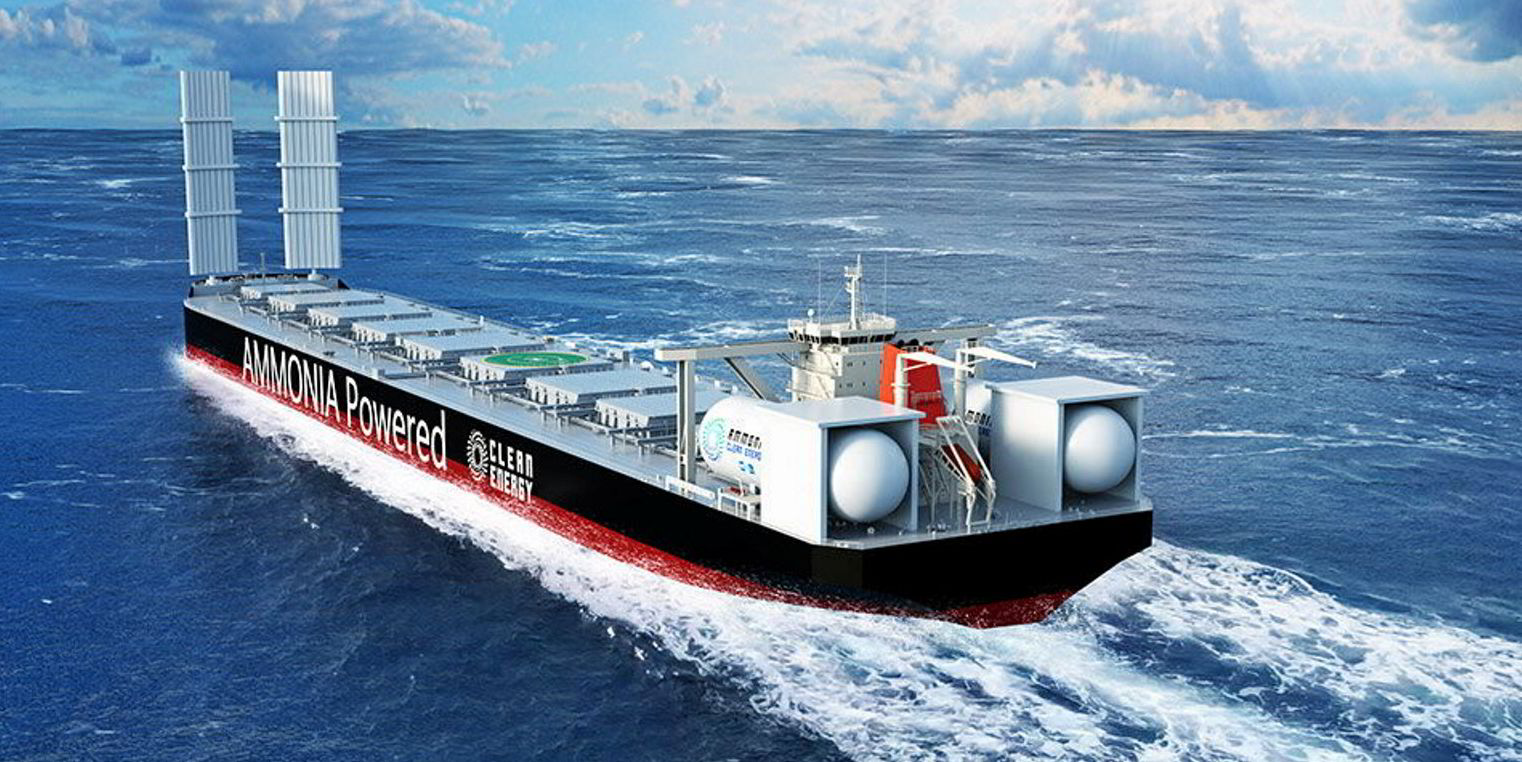After well over half a decade of discussion and hype, ammonia as a marine fuel is on the verge of becoming an operational reality. Engine manufacturers are putting the finishing touches to prototypes, designs for vessels capable of operating on ammonia are advanced and ports are planning for bunkering infrastructure.
But the sheer toxicity of ammonia remains a defining safety issue that promises to reshape shipping on a scale that, as an industry, we are failing to appreciate.

The US National Institute of Occupational Safety & Health cautions that breathing in ammonia is immediately harmful to life or health at dosages as low as 300 parts per million (ppm). Exposure to amounts as low as 35 ppm for longer than a few minutes is dangerous and unpleasant — ammonia can irritate and burn the skin, mouth, throat, lungs and eyes.
It is, in short, like no other fuel we have worked with in shipping and will require a fresh focus on safety.
New safety work from American Bureau of Shipping using simulation technology to develop parametric-driven emergency response management plans has highlighted what an ultimate solution might look like and how far we still have to travel. Using computational fluid dynamics and advanced modelling, the behaviour of an accidental ammonia release in the engine room can be accurately mapped.
The research has a range of implications for ammonia-fuelled vessel design, such as the arrangement of ventilation and sensors, but also suggests we may have a long way to go before we understand precisely how challenging ammonia is to deal with. In our simulations, flammable concentrations of ammonia were reached in the engine room within just 300 seconds of a leak, indicating an urgent need for more study.
What is clear is that reduced personnel presence in high-risk areas will be a cornerstone of ammonia as fuel operations. Simply lowering the number of seafarers at risk is a logical first step to mitigating the toxicity and we believe this will lead to rapid advances in autonomous functions. Do we need seafarers willing to work in such an engine room, or should we consider whether such an engine room should be manned in the first place?
The research also indicates how our industry will need to be reimagined from the ground up in terms of a range of issues way beyond vessel arrangement. We will need to recruit seafarers with new skill sets able to manage this level of toxicity. We will need to develop training and make it available globally. We need urgent answers to questions about the impact of ammonia on material longevity and lubrication solutions as well as optimum detection arrangements.
Critically, the research highlights the sheer time investment required to develop a deep understanding of the behaviour of this chemical. Time will be in short supply in the event of a real-life incident. For port operations, we believe the industry needs a rapid response system based on sophisticated multiphysics modelling of behaviour patterns, able to predict the behaviour of a gas leak against many variables — wind direction, ship ventilation, water curtains, humidity and location in a port, among many others.

In the event of a large ammonia plume in a busy port, this parameter-driven incident model is already developed and able to be connected to real-world inputs, immediately getting to work optimising recovery planning.
This kind of detailed understanding would inform and accelerate answers to urgent questions about the location of water barriers, positioning of support vessels and other mitigation strategies. Most importantly, this work will support the strategies of ports, crews and emergency services to enable immediate and informed response.
The enhanced requirements introduced by ammonia highlight the importance of the International Safety Management Code as a safety framework. They also underline again the pressing need to upgrade the International Convention for the Safety of Life at Sea so it is fit for purpose in this new safety landscape. They are a reminder of the boundary conditions of dealing with any alternative fuel, raising foundational questions around safety, availability and scalability, as well as the infrastructure to underpin all this.
We believe the time for action is now. All of the questions posed by ammonia operations can be answered with a focus on advanced engineering and technology development. But these answers can only be the product of extended collaboration from a range of stakeholders such as universities, simulation specialists, port authorities and the ammonia manufacturing and transportation industry, to name but a few. As ever, success in the development of a safer, more sustainable industry will be a team sport.
Christopher Wiernicki is chairman, president
and chief executive of classification society ABS
Do you have an opinion to share?
Email: news@tradewindsnews.com
Read more
- Green Seas: At Nor-Shipping, carbon is everything everywhere all at once
- Podcast: Who’s going to foot the bill to decarbonise shipping?
- Going long: Alternative fuels for shipping will require a sea change in the bunker-buying mindset
- Green Seas: Can the geopolitical divide be overcome to bring a global carbon levy for shipping?
- Ammonia could be ‘dominant’ fuel for liner sector, Lloyd’s Register CEO says



